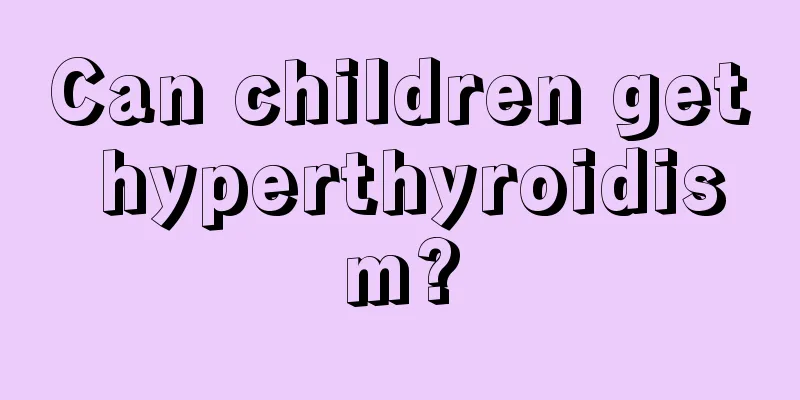Why does my three-year-old baby’s teeth turn black?

|
When a child is just born, there are many periods that parents need to pay attention to, among which the child will start to grow teeth when he is three years old. At this time, parents will pay attention to the development of their children's teeth, among which the baby's teeth turn black. This confuses many parents, and they want to know why their three-year-old baby's teeth turn black? Let me introduce it to you below. Dental enamel hypoplasia. Enamel hypoplasia refers to the developmental disorder of enamel structure due to systemic and local reasons during the development of teeth, resulting in poor enamel mineralization and even substantial defects. The main causes of enamel hypoplasia are: 1. Infection with serious systemic diseases during infancy, such as high fever, pneumonia, measles, scarlet fever, etc.; 2. Severe nutritional disorders occurred during infancy, such as deficiency of vitamin A, vitamin D, calcium and phosphorus; 3. Local factors: It is common that severe infection occurs in the periapical tissue of deciduous teeth, which affects the enamel development of the permanent tooth germ below, causing the erupted permanent teeth to show incomplete enamel development. 4. The mother suffers from rubella or toxemia during pregnancy, or high fever disease (pneumonia, measles, scarlet fever, diphtheria, etc.) during infancy. The stage of the disease can be calculated based on the tooth position where it occurs. 5. Malnutrition, rickets, vitamin A, C, D and calcium deficiency, and immune genetic factors. 6. Periapical infection of deciduous teeth: Any inherited permanent tooth may suffer from enamel hypoplasia due to periapical infection of deciduous teeth. 【Clinical manifestations】 1. The color of the tooth surface changes to brown. 2. The teeth may have band-like pits. 3. Parallel horizontal lines can be seen on the tooth surface 4. Thinning of the cutting edge 5. Defects or disappearance of the cusps of the posterior teeth 6. Symmetrical occurrence 7. Multiple defects How should enamel hypoplasia be treated? 1. Children with mild to moderate enamel hypoplasia can use Oral-V fluoride-free children's toothpaste to brush their teeth to repair the enamel surface. 2. Children with severe enamel hypoplasia can be covered with composite resin or ready-made plastic tooth surface. 3. For those who have already developed caries or have deep depressions, silver-mercury filling or composite resin photocuring treatment can be used. 4. In severe cases, porcelain teeth can be restored. I believe the above introduction will be of great help to some parents. If a child has such a problem, be sure to take the child to a regular hospital for examination in time. If there is any problem, timely treatment can be given. If nothing happens, you can take better care of your child's development and health. |
<<: What is the normal blood sugar level for newborns?
>>: What is duodenal obstruction in newborns?
Recommend
How to protect children's teeth
Teeth are important chewing organs of the body. O...
How to remove black spots on children's teeth
Many children do not like to brush their teeth, a...
What are the treatments for indigestion in children?
Many times, because babies cannot speak or expres...
Ways to improve physical fitness for children
Everyone should constantly enhance their physical...
What’s going on when my baby has small red bumps on the palms of his hands?
Many mothers may find that their babies have smal...
What to do if your child sneezes and has a runny nose
Care for young children must be comprehensive, es...
What are the symptoms of a mild concussion in a child?
I believe that many people should be very familia...
How to treat sinusitis in children?
We always give special care to the growth of chil...
What are the hazards of diapers
Diapers are now widely used on newborns and young...
What is the reason for children's late tooth replacement?
Tooth replacement is an inevitable experience for...
Should I cover my child with a blanket when he has a high fever?
Fever is a disease in which the human body temper...
Can I turn on the air conditioner when my child has a fever?
In the hot summer, air conditioning has become a ...
Traditional Chinese Medicine Treatment of Myopia in Children
There are many ways to treat children's myopi...
My baby hasn't had a bowel movement for four days and keeps farting
We all know that babies are the future of every f...
Why does my baby eat less milk?
During the breastfeeding period, you need to pay ...









